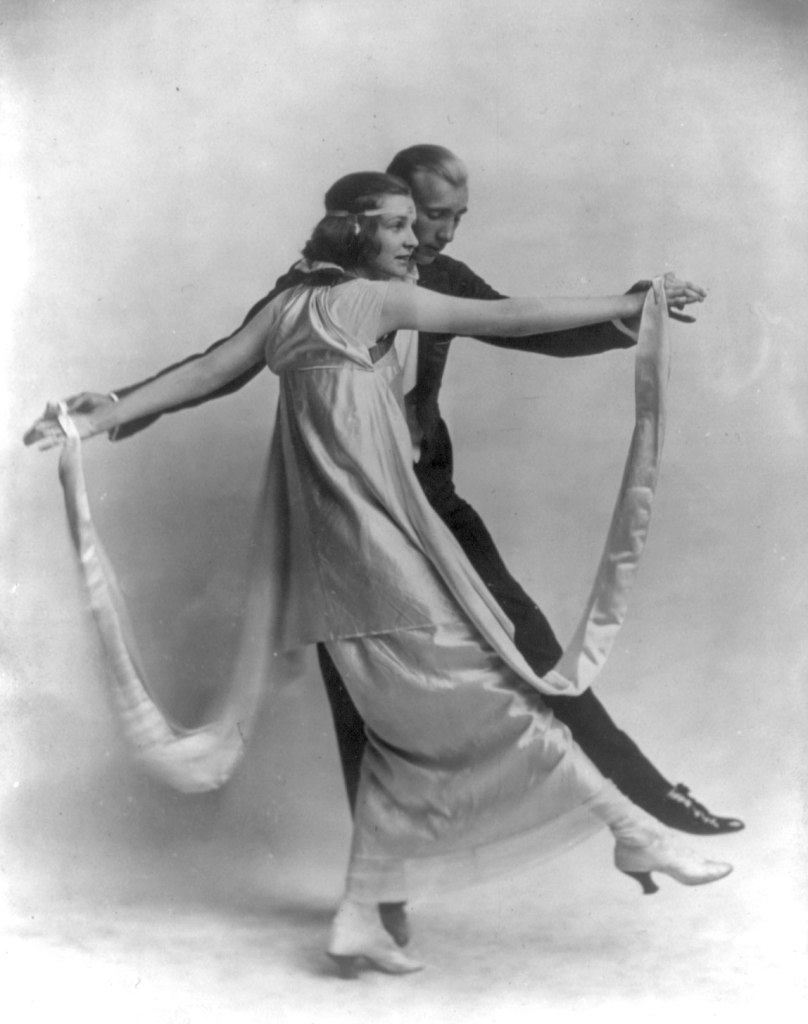
“I like pictures better. It was different when we first started in. Then it was a novelty. Now debutantes and grandmothers are rivals in learning new steps, and all enjoy dancing themselves more than watching other people do it.” — Irene Castle
Long before Fred Astaire and Ginger Rogers, Vernon and Irene Castle were lauded as an exceptionally talented dancing duo. Though a tragedy ended their partnership, their influence as dancers as well as Irene’s activism continue to live on.
Irene Foote was born on April 17, 1893, in New Rochelle, New York. Her father was a physician and her mother was a homemaker. As Foote grew, she developed an interest in dancing and studied the art, participating in a variety of performances before meeting established dancer and comedian Vernon Blyth. The two were introduced at the New Rochelle Rowing Club and, with his influence, Foote was hired for her first professional dancing role in “The Summer Widowers.” Their friendship quickly blossomed into a romance, leading them to be married on May 28, 1911, in New Rochelle.
Blyth, born in England, worked under the stage name of Vernon Castle, which Irene adopted as they began performing together. They worked in The Hen-Pecks (1911) and toured Paris, performing numerous American ragtime dances, including the Turkey Trot and Grizzly Bear. They returned to New York with great fanfare, finding that they were in high demand on the stage as well as in films. They appeared on Broadway regularly, including roles in Irving Berlin’s Watch Your Step (1914), for which he wrote his first score with the Castles in mind. Along the way, the Castles popularized the Foxtrot.
In the same year, the Castles opened “Castle House” in New York, which was their dancing school. They also opened up a restaurant called Sans Souci as well as the Castles by the Sea nightclub in Long Beach, New York. During the day, they would teach at Castle House, while by night, they would perform at their nightclub. In addition, they offered private lessons and appearances at parties.
In addition to their success as a team, the Castles made close dancing respectable to the tune of ragtime and jazz. Irene even became a popular fashion trendsetter, showcasing short, full skirts and loose corsets and frequently designing clothes herself. She is also credited with bringing the bob to America.
Though Vernon and Irene never had children, they loved animals and had numerous pets. Many of these animas were performing animals that they rescued. Among their many pups—including a beloved dog named Zowie—was also a pet monkey. They eventually purchased an estate near the Long Island Sound with kennels and stables for their 24 dogs, 5 horses, donkey, and many more animals.
Unfortunately, Vernon died in a plane crash at the age of 30 after sailing to England to enlist as a pilot in the Royal Flying Corps during World War I. During training over Benbrook Field in Texas, his plane stalled and he was not able to regain control. Irene wrote My Husband as a tribute to Vernon.
Irene would marry three more times after Vernon, having two children with Fredric McLaughlin, founding owner of the Chicago Blackhawks. Upon relocating to Chicago, Irene was credited with designing the original sweater for the Blackhawks Hockey Club.
Beyond dancing, Irene heavily invested herself in animal rights activism. She founded Orphans of the Storm animal shelter, named after D.W. Griffith’s Orphans of the Storm (1921), in Deerfield, Illinois, aiming to save the lives of Chicago animals and place them in loving homes.
Irene passed away at the age of 75 in her Arkansas home on January 25, 1959. Vernon and Irene are buried at Woodlawn Cemetery in New York. At the time of Vernon’s death, Irene posed for the weeping ballet dancer memorial marker, entitled “End of the Day.”
Today, the Castles are honored in numerous ways. The story of the Castles was turned into a film called The Story of Vernon and Irene Castle (1939), starring Fred Astaire and Ginger Rogers. Though Irene served as a technical advisor for the film, she argued with Rogers, who did not wish to wear Castle’s bob or darken her hair. Castle was also against the casting of white actor Walter Brennan as the Castles’ manservant in the film, who, in real life, was black.
The Castles split their time between residences in Long Island and New York City, with a townhouse at 120 Lexington Ave. in New York. Here is the property today:

Vernon’s crash site now has a memorial in his honor, located in Benbrook, Texas. It can be located after taking the I-20 exit 429 onto US 337/Benbrook Blvd, heading south a little over a mile, and left onto Sproles Drive.
In 1954, Irene and her fourth husband relocated to Eureka Springs, Arkansas, living at Destiny Farm. The sign, which Irene helped design, still remains.
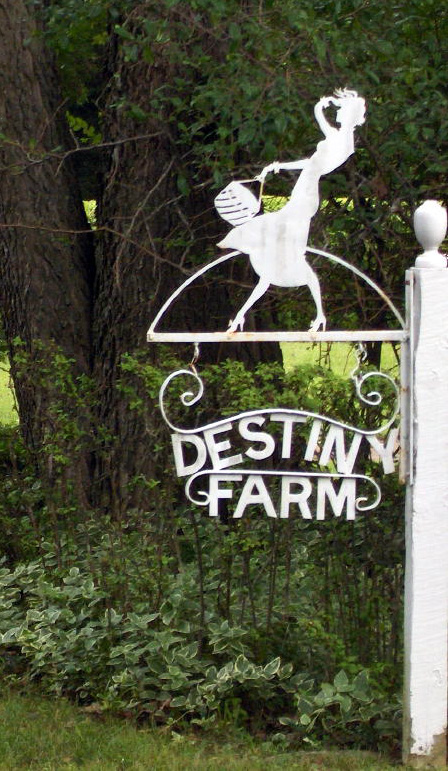
Seven of Irene’s many pets were buried in the Castle plot at Hartsdale Pet Cemetery in New York. Each pet has a special epitaph. Her beloved Zowie’s reads:
To My Adored Zowie.
I do not cringe from death so much,
Since you are gone, my truest friend,
Thy dear, dumb soul will wait for me.
However long before the end.
Orphans of the Storm, Irene’s pride and joy, continues to operate to this day. While their mission is going strong, aside from a short YouTube video, little is celebrated and discussed regarding its history and connection to Castle. My inquiries relating to their history went unanswered and, unfortunately, the name Irene Castle did not seem to ring a bell to the staff.
Nonetheless, I think Irene would be pleased to see her work carrying on as animals continue to be adopted from Orphans regularly. Upon my visits, I enjoyed playing with the cats and giving them some extra cuddles–getting pretty attached to one named “Pigeon,” in particular! Sadly, I wasn’t in a place to adopt a pet at the time but I’m happy to say that my favorite cat of the bunch is now in a happy home. (…and I have since adopted a sweet dog!)
Though the Castles may not be discussed quite so often today, their influence in dancing and dedication to the welfare of animals lives on.
This post originally appeared in Annette’s Classic Movie Travels column for Classic Movie Hub. View the original article here.



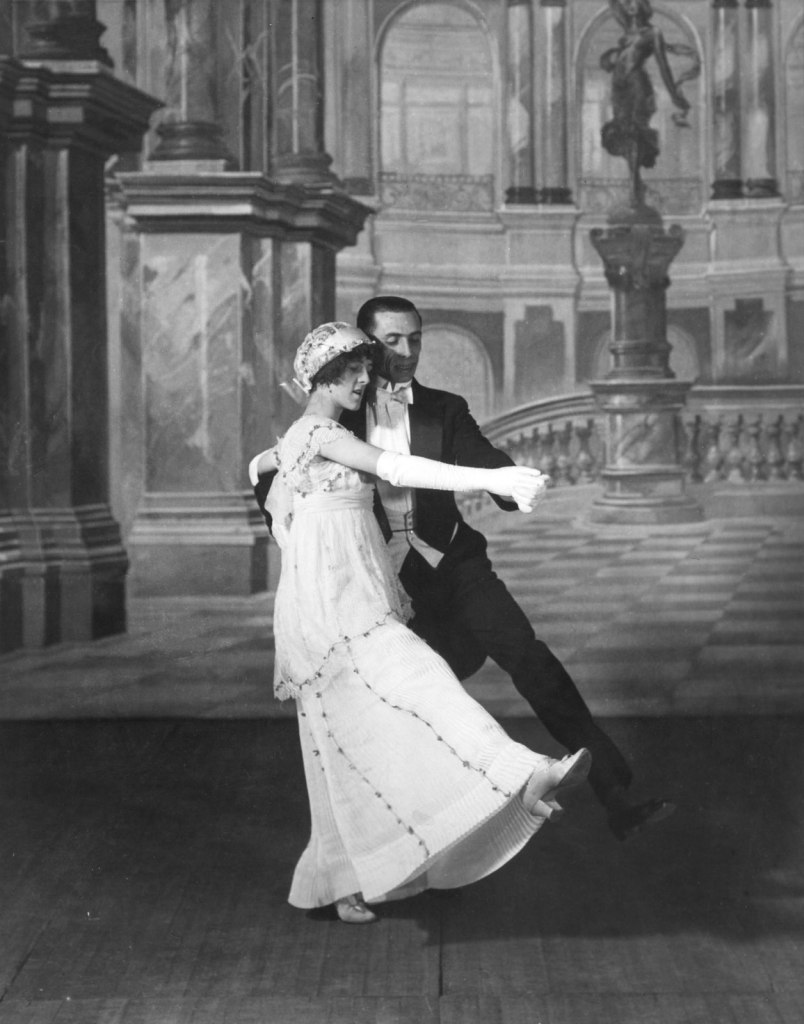

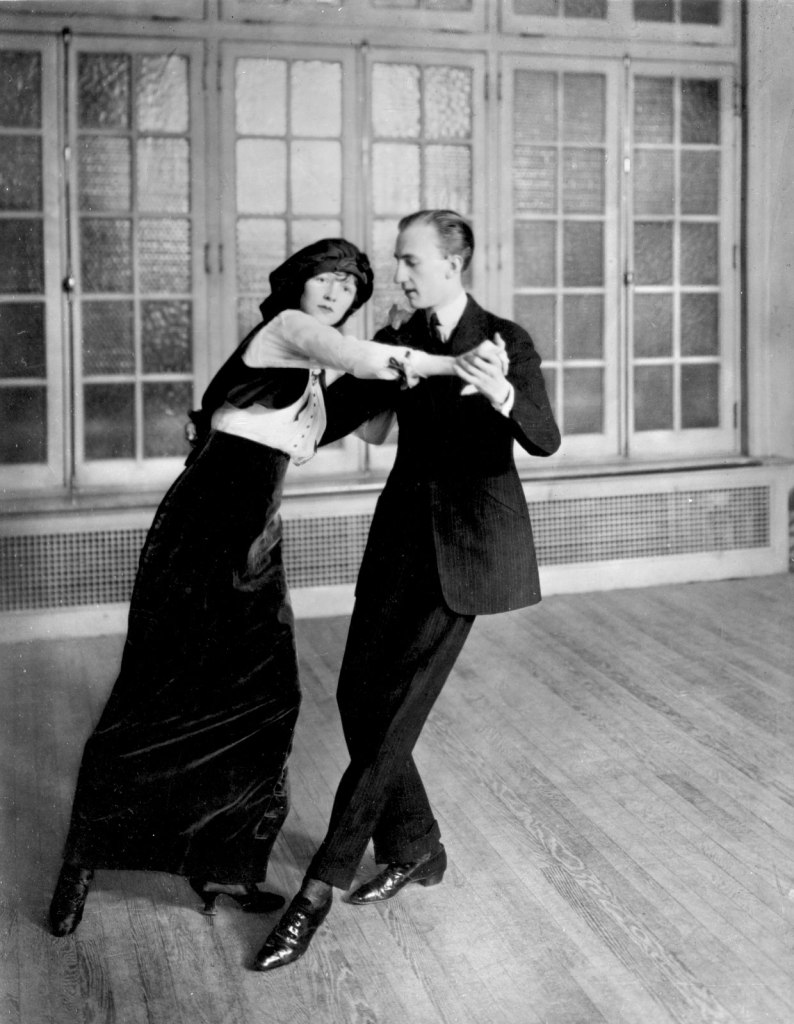
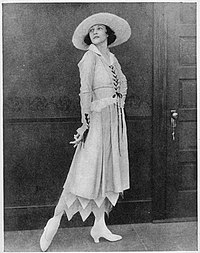

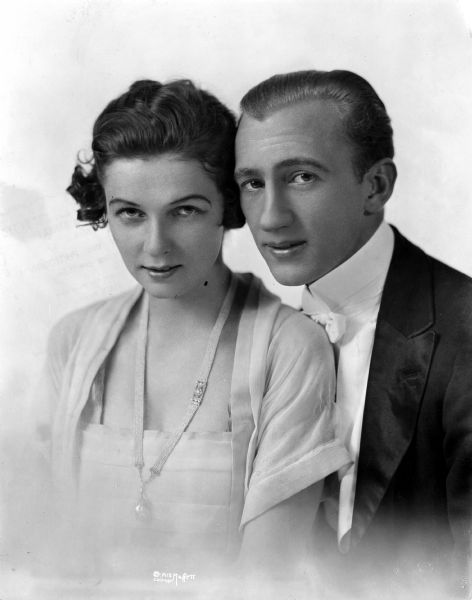
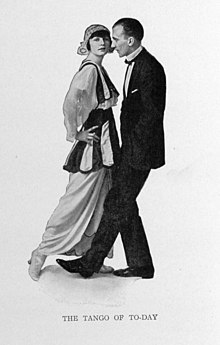
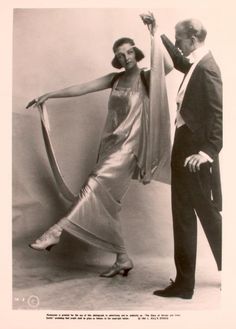
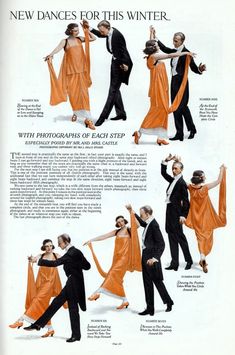
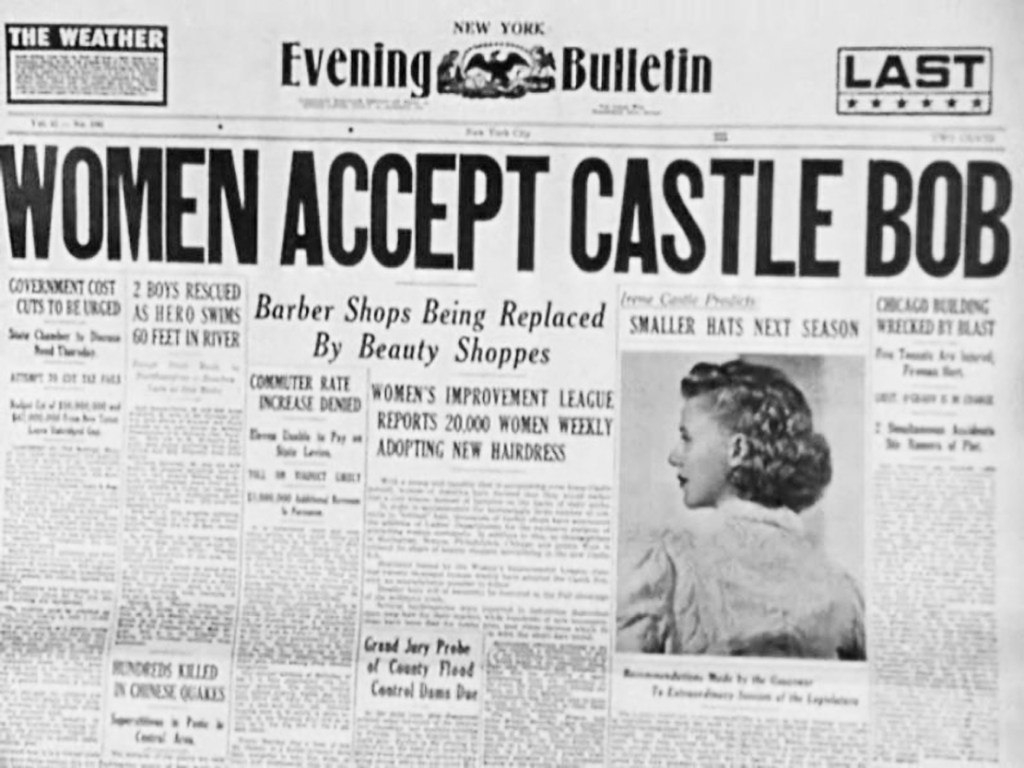

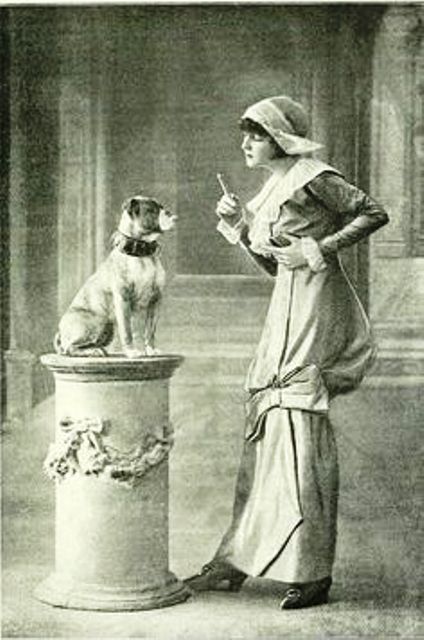
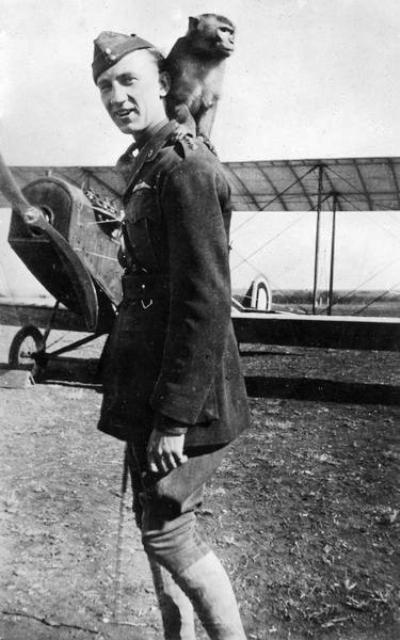
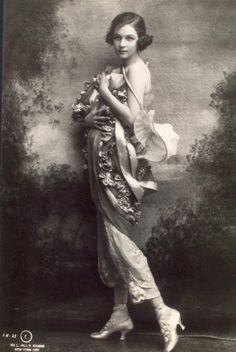

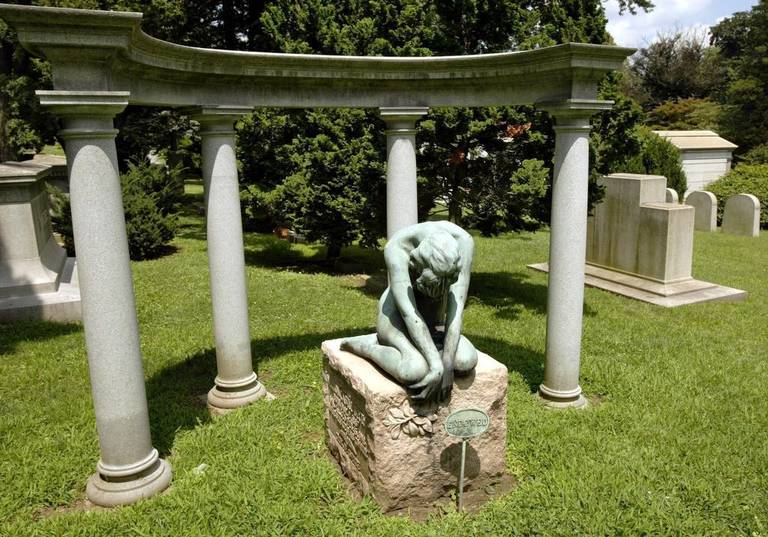
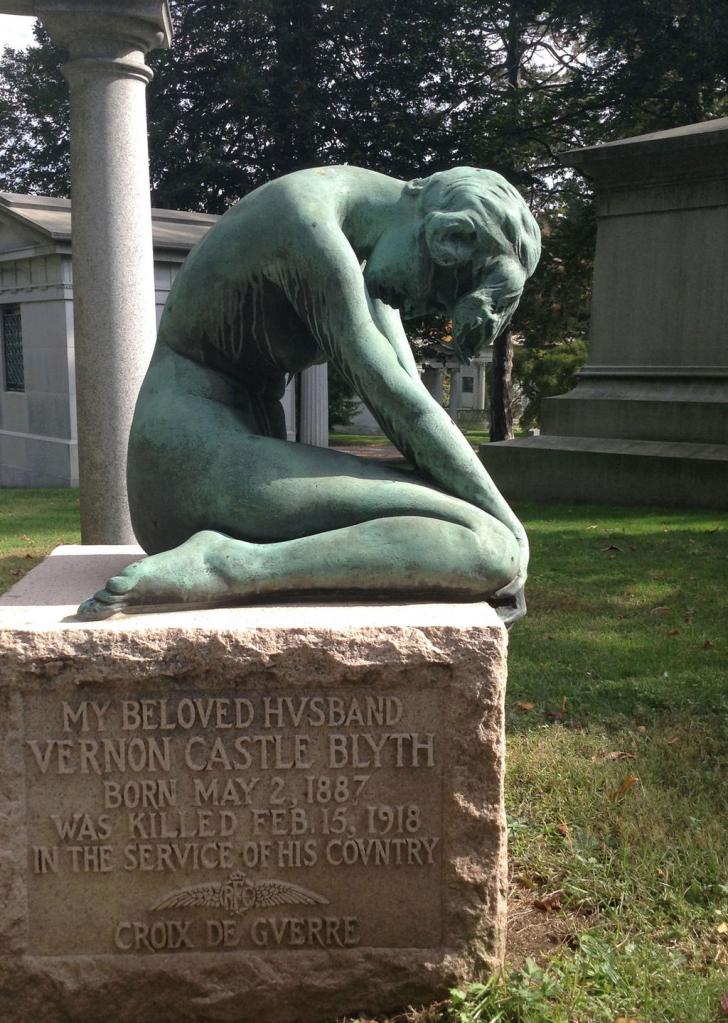


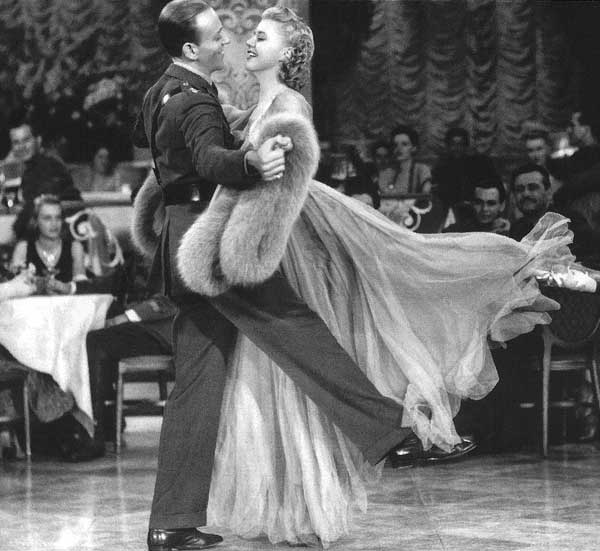


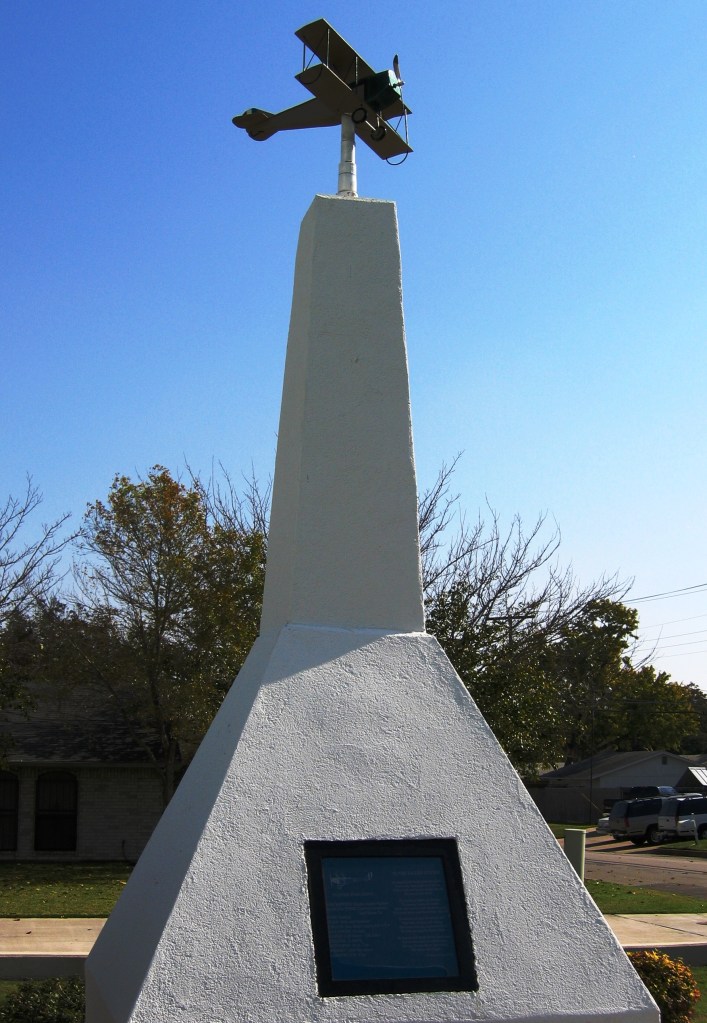
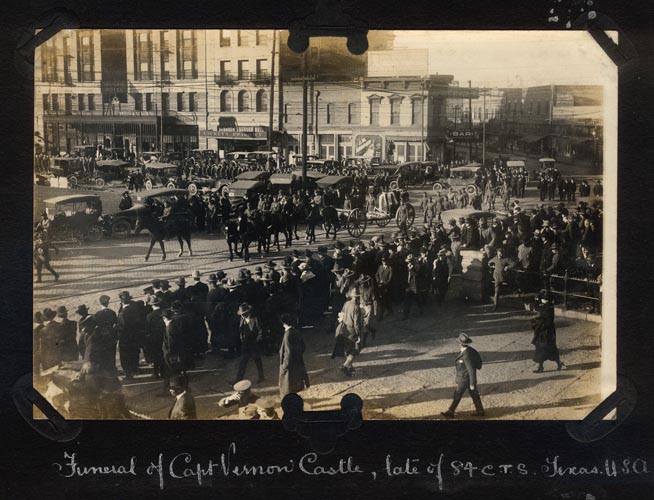



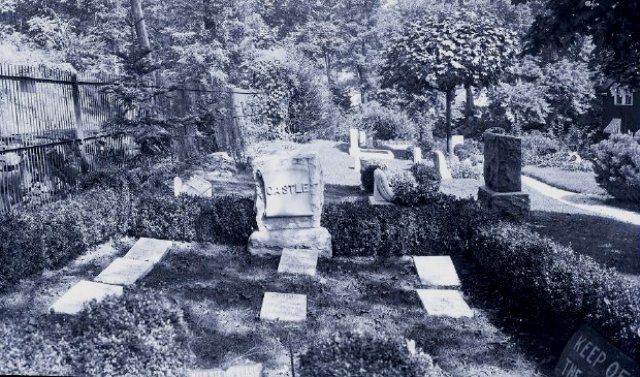


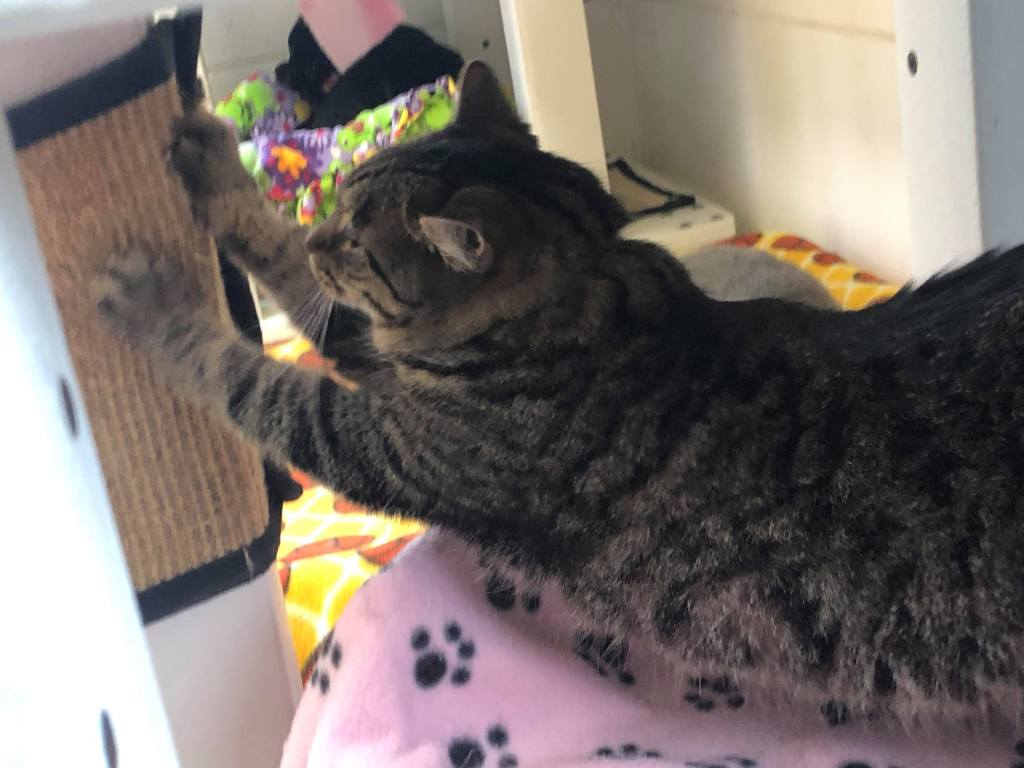
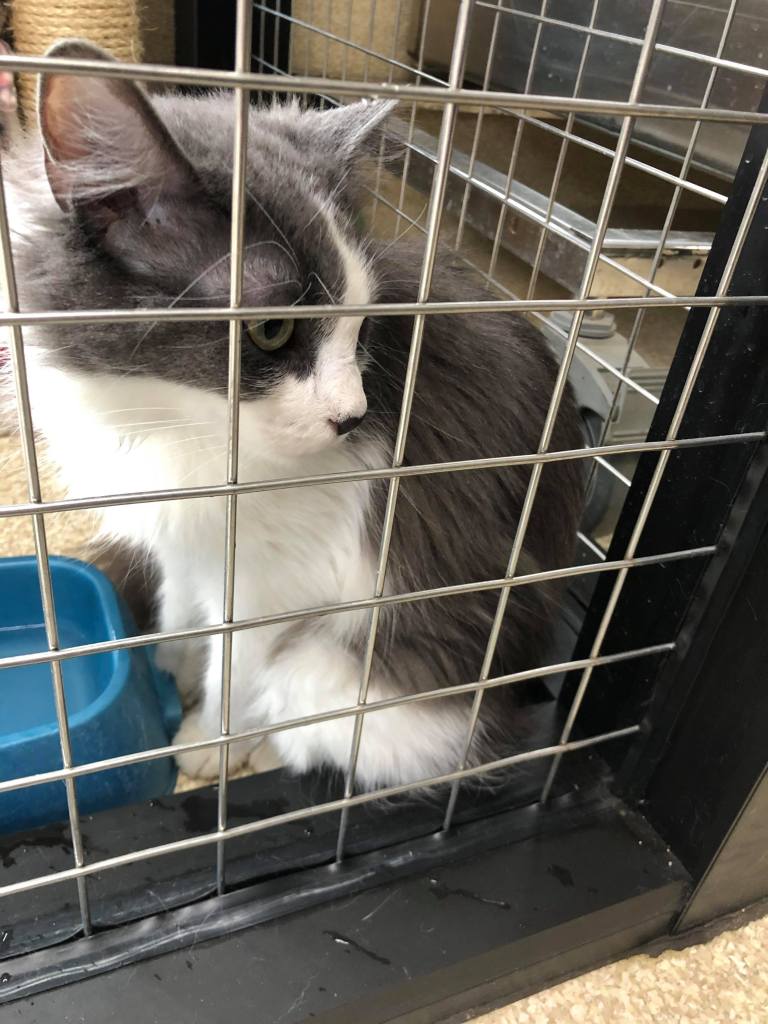
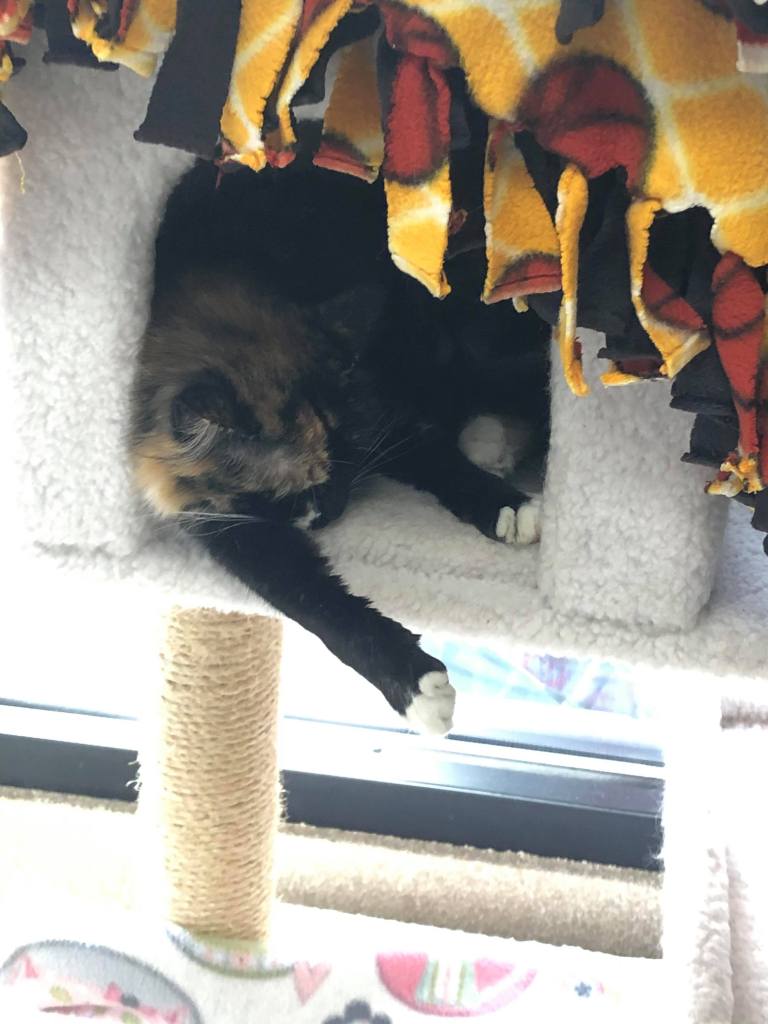
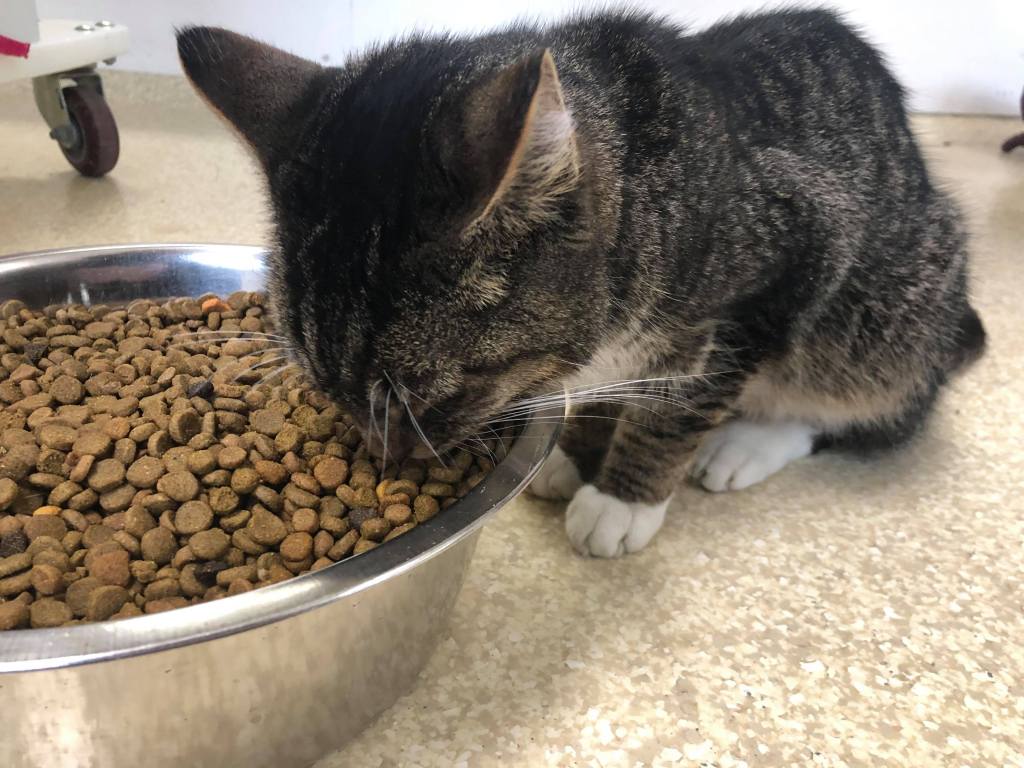

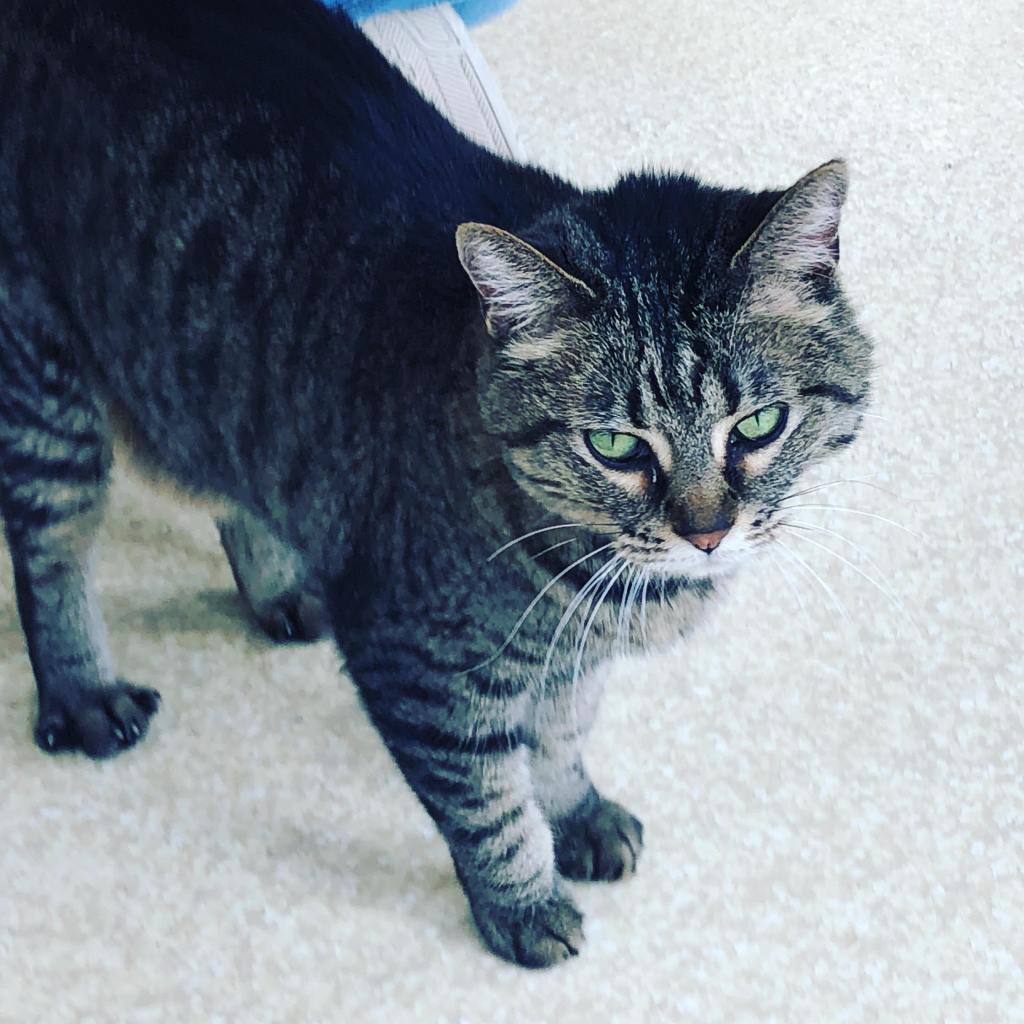


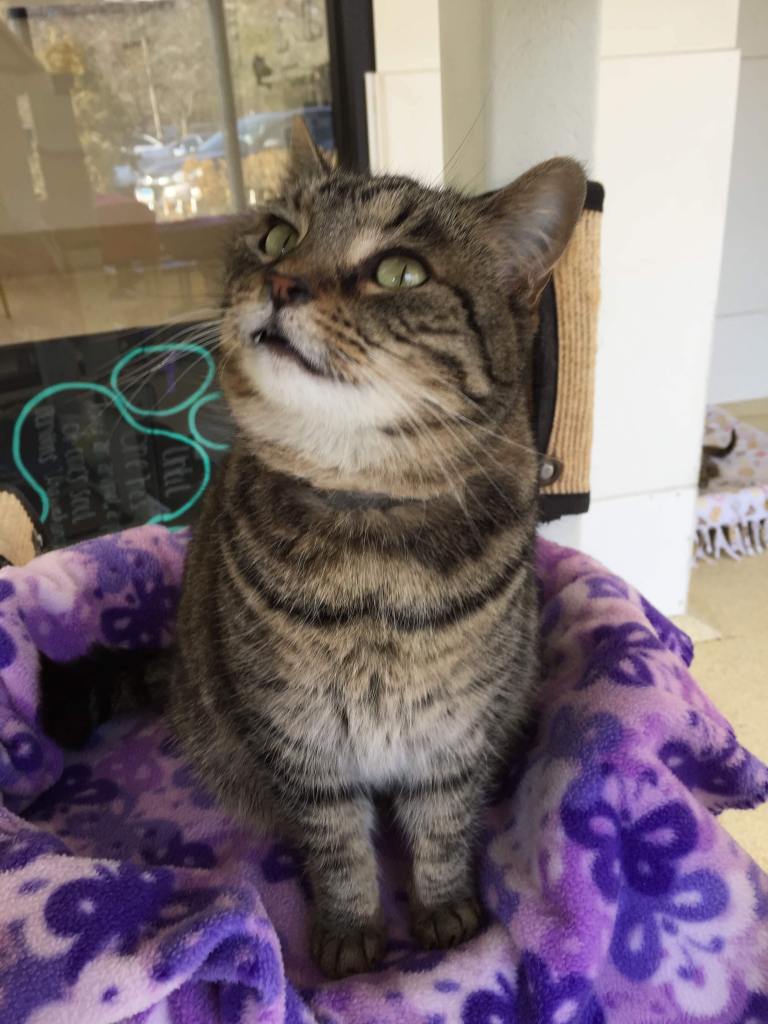
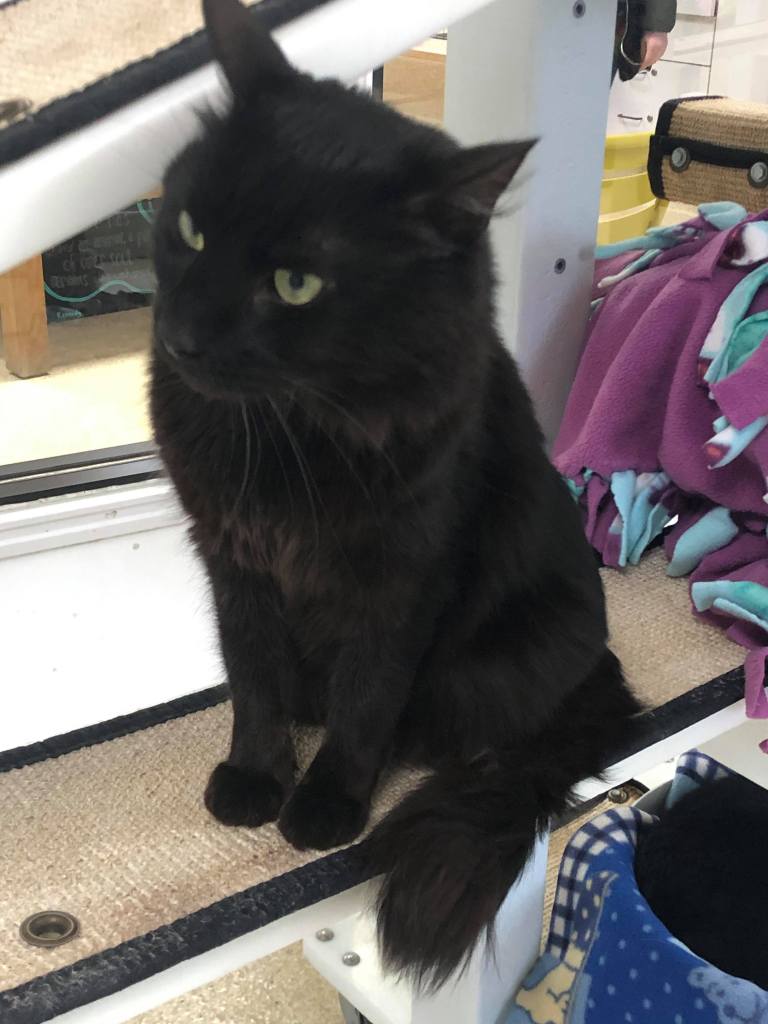
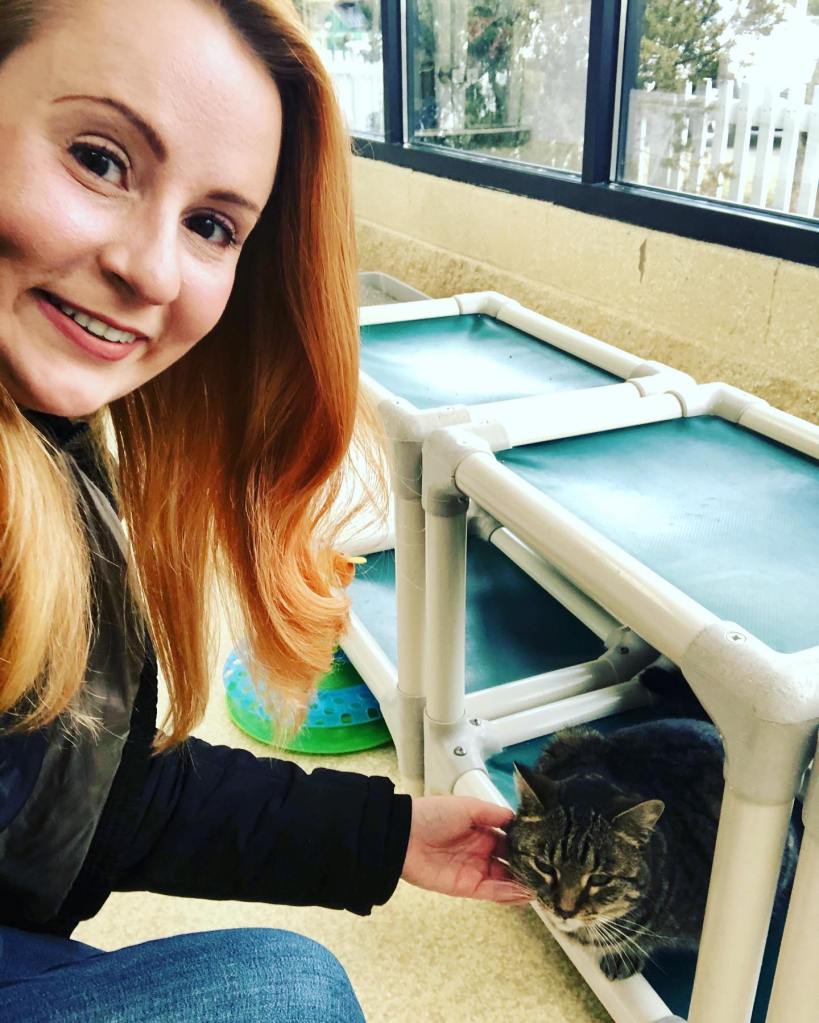














Thanks for this fascinating fleshing out of the Irene and Vernon Castle story. Irene Foote was a distant relative. Our common grandparents emigrated from Wales to the Massachusetts Bay Colony in 1637. I have always been interested in the Castle’s relationship with Irving Berlin and Ragtime. I had no idea that Vernon was so young when he died. They had an amazing influence on popular culture!
Such a fascinating woman and so much I had to learn.
The Astaires (Fred and Adele) saw the Castles dance when they were teens (they were professional dancers as children), and Fred saw and appreciated Vernon’s elegance and originality.
On Mon, Aug 2, 2021 at 2:01 AM Hometowns to Hollywood wrote:
> Annette Bochenek posted: ” “I like pictures better. It was different when > we first started in. Then it was a novelty. Now debutantes and grandmothers > are rivals in learning new steps, and all enjoy dancing themselves more > than watching other people do it.” — Irene Ca” >